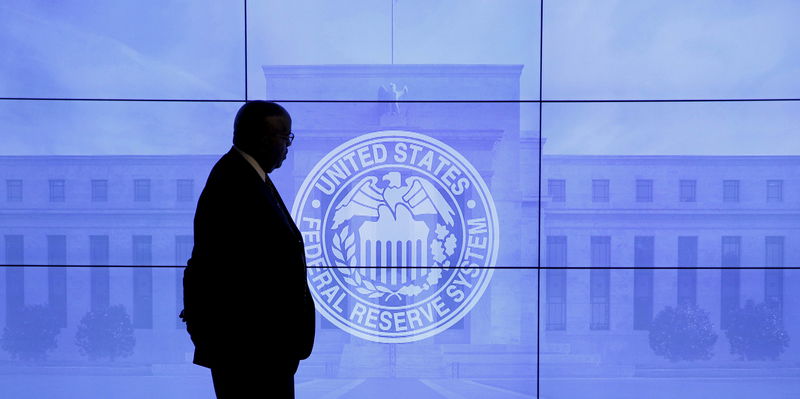UBS analysts warn that markets might be misjudging the extent of future interest rate cuts by the Federal Reserve.
In a note, the bank argues that while the timing of the first cut is debated, the endpoint of the easing cycle holds greater significance for investors.
"Since the beginning of the year, investor expectations on Fed cuts have been a major driver of market sentiment," the note states. However, UBS emphasizes that "the destination of rates matters more for the investment outlook, not the beginning of the journey."
The bank highlights equities' resilience despite shifting expectations of Fed action. The S&P 500's strong performance this year, despite a significant reduction in anticipated cuts, underscores the role of solid economic fundamentals.
"Whether the first Fed cut happens in September or December likely won't make any material difference," UBS argues.
UBS focuses on the market-implied neutral policy rate, reflected in the 10-year Treasury yield. They believe the Fed's upcoming Jackson Hole Economic Policy Symposium will likely see increased scrutiny of current policy's restrictiveness.
Recent economic data, including consumer confidence, job vacancies, and inflation figures, suggest a softening economy, prompting UBS to believe that "the weakening in data, which is likely to continue in the coming months, should be sufficient to justify Fed rate cuts."
They expect the Fed to cut rates more than currently anticipated, citing a significant gap between the Fed's projected long-run rate of 2.75% and the market's expectation of around 4%.
"Overall, we think markets are underestimating the likely number of Fed cuts over the cycle," UBS concludes.
